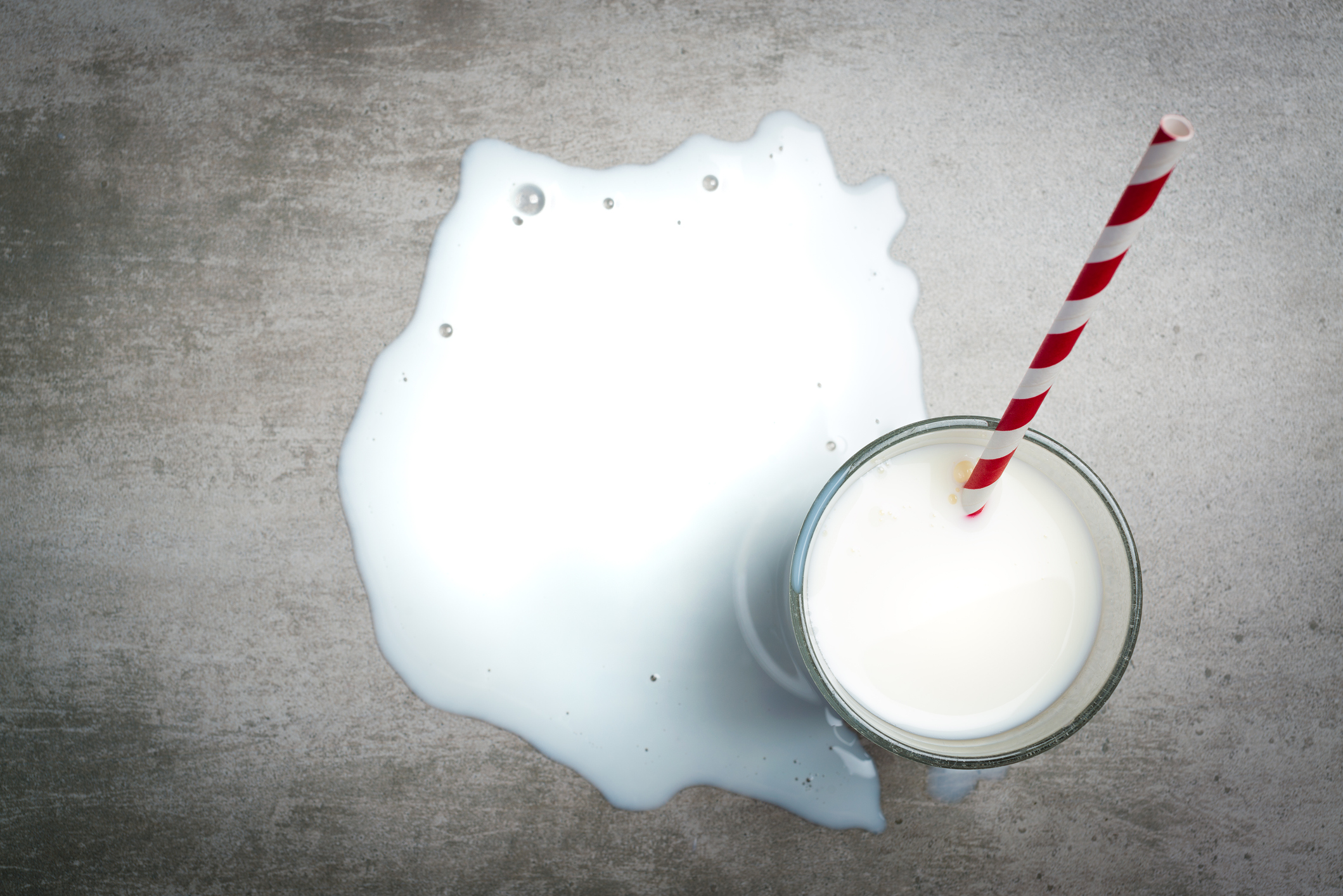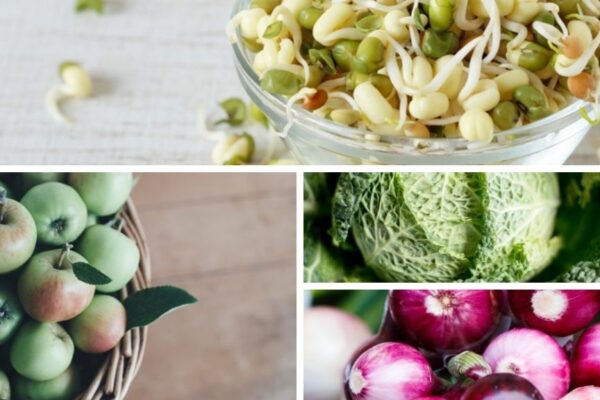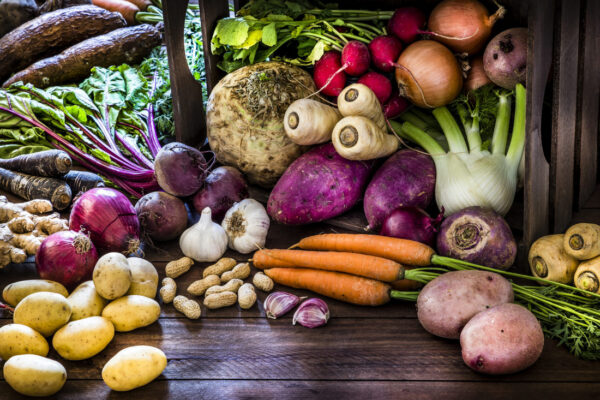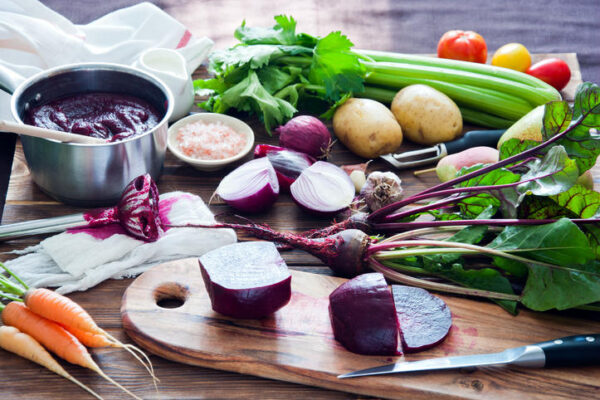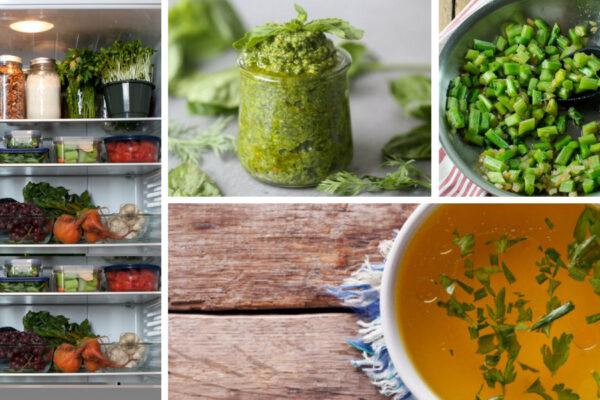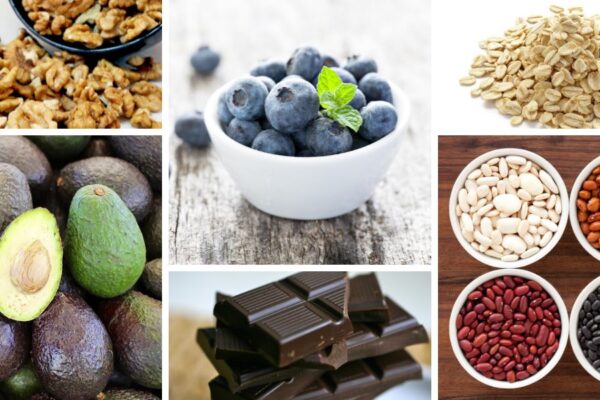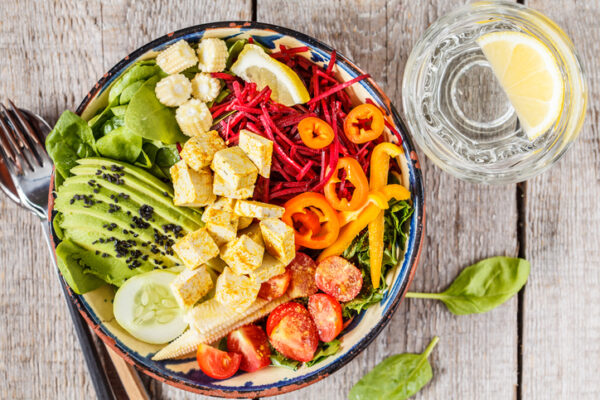Hydrating Foods and Beverages to Beat the Heat
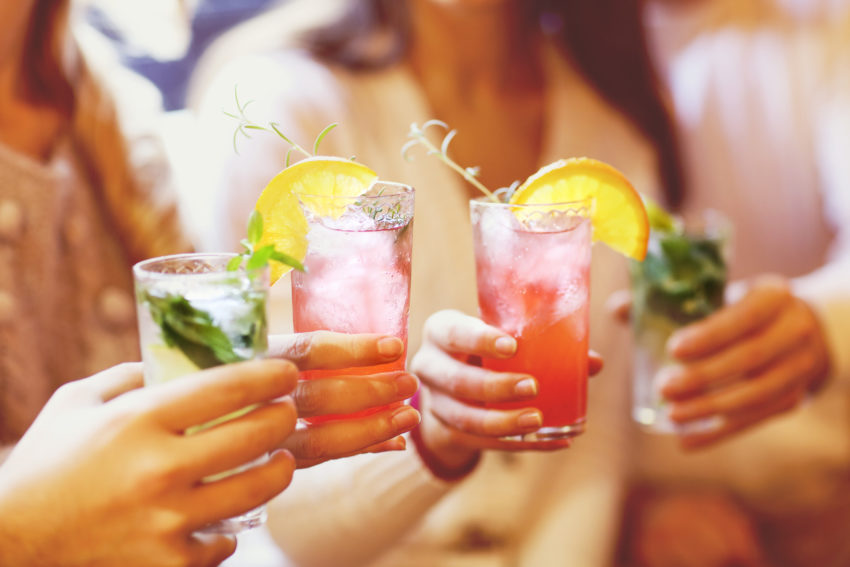
When the weather warms up, or if you live in a hot climate, it’s important to ensure you stay well hydrated. There are many bright-coloured sports drinks that promise to help you hydrate and replenish but many of them contain ingredients that can be harmful to our health. Instead, try incorporating hydrating foods and beverages into your diet to help you beat the heat.
A hydrating and replenishing food or drink will have:
- A high water/liquid content
- Electrolyte minerals such as sodium, potassium, magnesium, calcium and chloride
You can receive these elements in many easily available, inexpensive whole foods.
16 best Hydrating Foods + Beverages to Help You Beat the Heat
Water
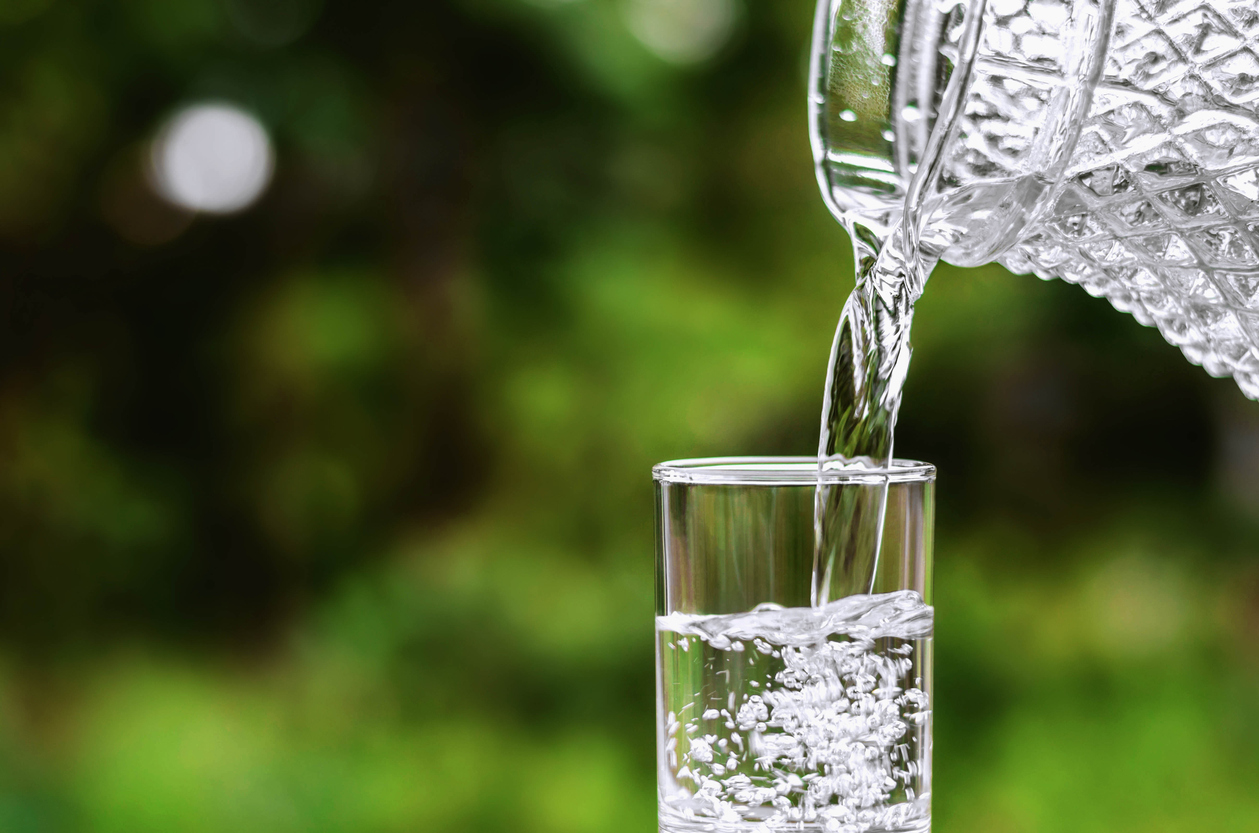
Water is one of the simplest hydrating drinks to help you beat the heat. Aim to drink at least 8 cups per day, more if it’s extremely warm and you’re spending a lot of time in the sun or are very active.
There are many different types of water you can drink and we’ve laid out all the options out for you in How to Choose a Water Filter. If you’re not into drinking water straight up, try infused water blends with herbs and fruits.
Herbal Teas
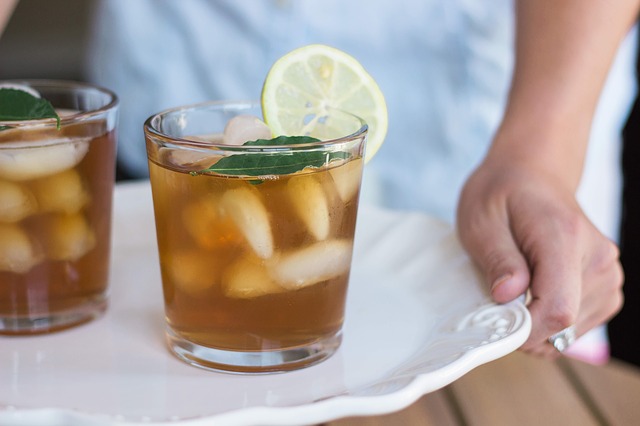
There are a whack of herbs you can use to make tea that transform your cuppa into a health-supportive drink. Boil your tea, let it cool to room temperature and then chill it in the fridge for a thirst-quenching beverage. You can also add chilled tea to your smoothies, or pour into popsicle molds to make ice pops.
Iced Elixirs
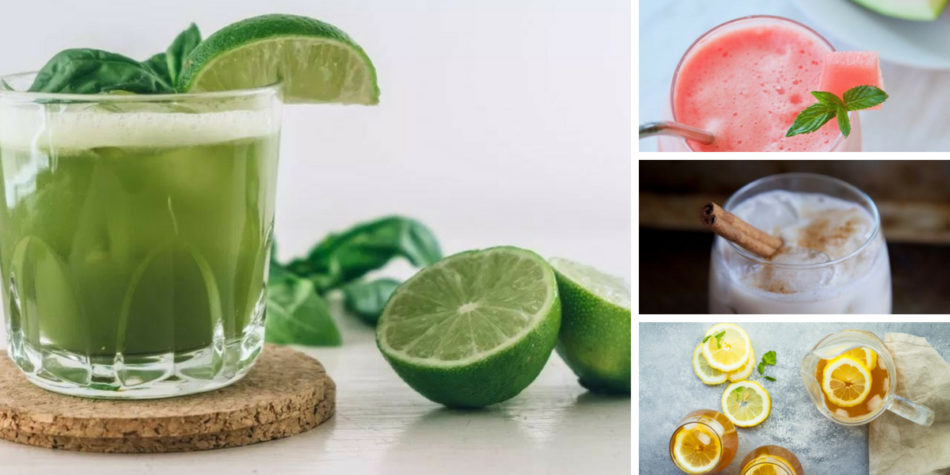
Similar to herbal tea, iced elixirs take things up a notch by adding extra nutrients, and can also be more satiating than iced tea or water as they typically include good fats and protein.
Our 20 Best Iced Elixir recipes offer a variety of delicious ways to beat the heat, without relying on excess sugar or preservatives.
Bananas
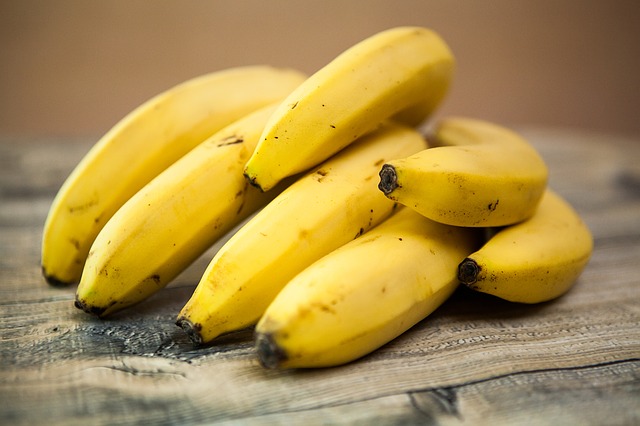
Bananas are high in potassium and carbohydrates that can help fuel you during exercise and help you recover afterwards. They are also a good source of digestive supportive fibre, B vitamins for energy and nervous system support, and Vitamin C. We like to eat bananas when they have some brown spots, as the browning indicates that the starches have turned to easily digested sugars. If using in smoothies, banana ‘ice cream’ or baking, we like to wait until those bananas are very brown.
Watermelon
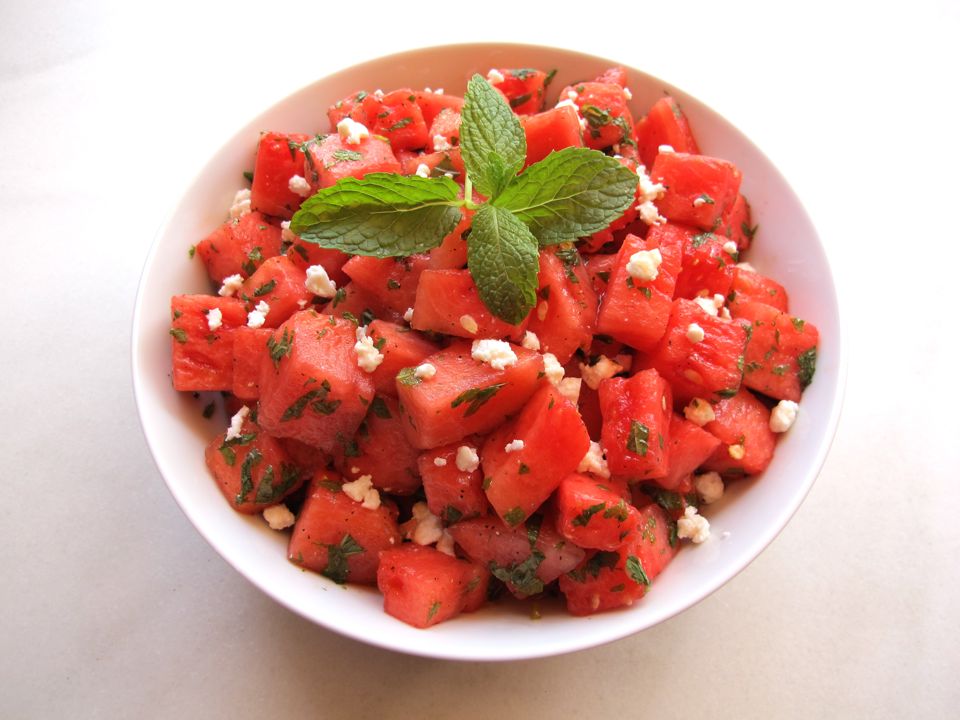
This quintessential summer fruit has tons of water, as well as potassium and magnesium. It’s even an aphrodisiac! Eat watermelon plain, try this watermelon salad, or explore these 9 ways to make the most of watermelon season.
Smoothies
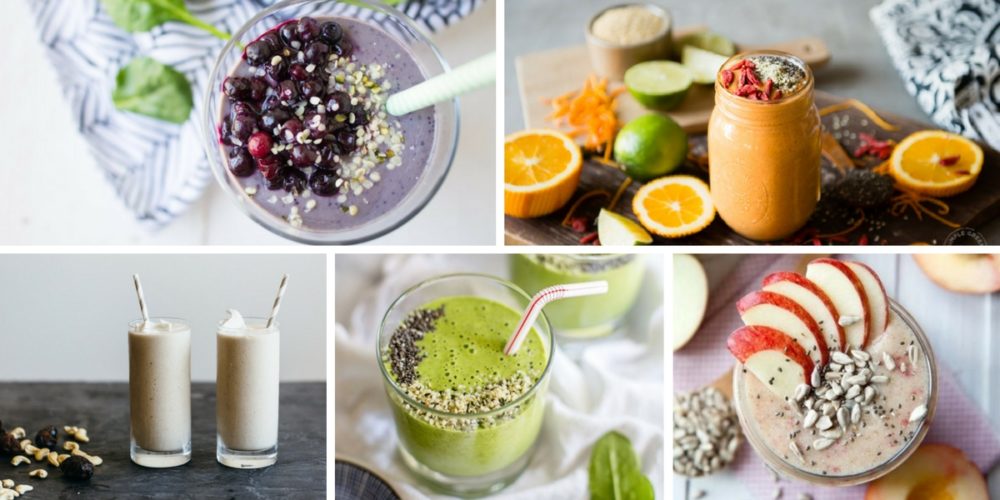
A refreshing smoothie is the perfect way to start off a hot day, or cool down with as a mid-afternoon snack. Heap your blender with dark leafy greens, fruit, protein sources like nut/seed butter or protein powder, chilled tea, water or nut milk (coconut milk is always a good bet!), dairy-free yogurt, and herbs and spices.
We’ve got you covered on the smoothie front! Check out:
Green Juice
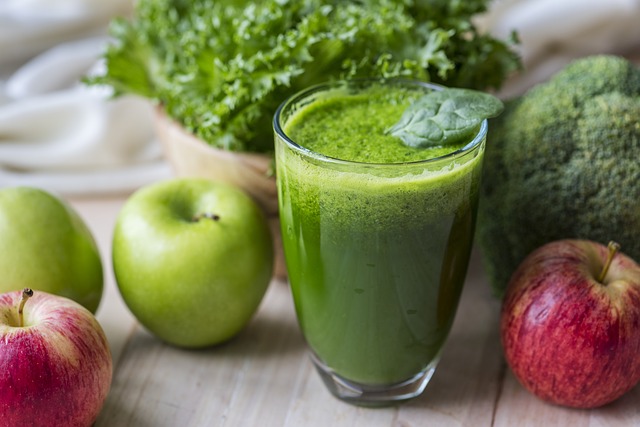
Green juices use vegetables, fruits and herbs but remove the fibre. This makes them very easy to digest and because you need a large quantity of ingredients to make juice, you’re sipping a generous concentration of nutrients – including electrolyte minerals. We like to make green juices that are heavy on the dark leafy greens, low-glycemic fruits like green apple, citrus or pear, and anti-inflammatory herbs such as ginger.
Citrus Fruits
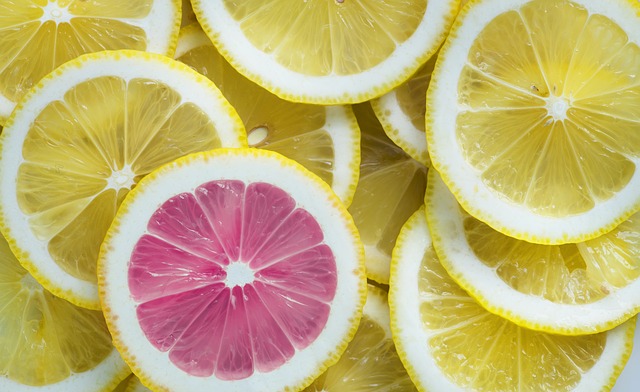
The citrus family of fruits contains plenty of water, potassium, as well as Vitamin C, a fantastic immune booster and detoxifier. Some citrus segments you can eat, like orange, tangerine, grapefruit, etc., while others are probably too sour to chew on like lemons and limes. Squeeze citrus fruits into water, iced tea, smoothies, or popsicles for a flavourful zing.
Apples
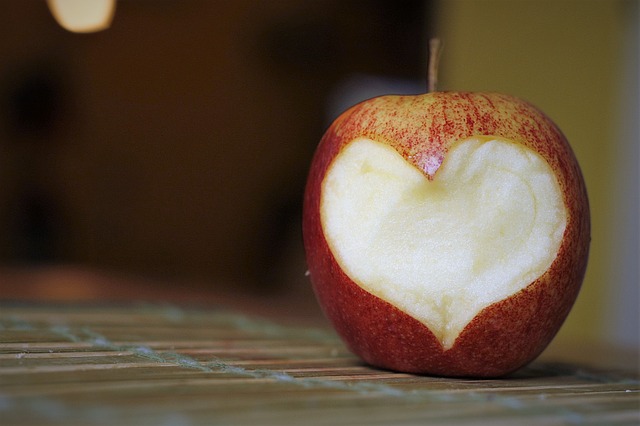
In addition to their water content, apples are a good source of antioxidants (including Vitamin C), potassium, and fibre for great digestive health and blood sugar balance. Eat them raw, add to juices and smoothies, bake them into a crisp or oatmeal or make applesauce!
Kombucha
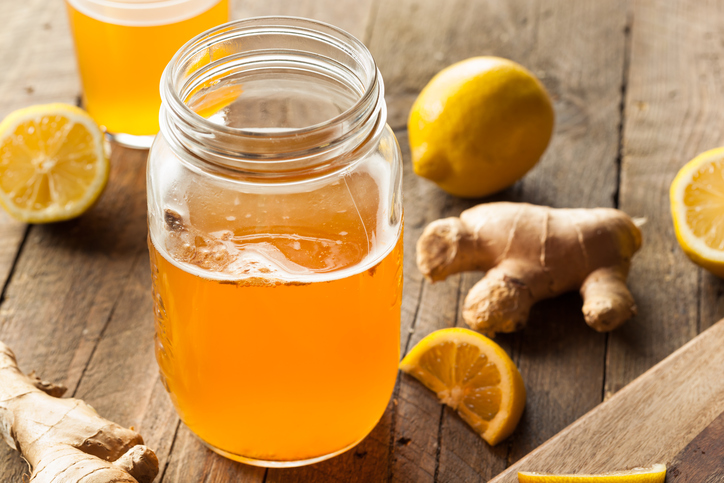
Kombucha is concocted from a mix of tea and sugar, but the fermentation process eats all the caffeine and sugar and leaves behind beneficial enzymes, minerals and vitamins. As a fermented food, kombucha offers the additional benefits of aiding digestion, boosting immunity and improving gut health.
Get your step-by-step guide to brewing and flavouring your own kombucha here. We like drinking it on its own, but it’s also lovely blended with fruit to create mocktails.
Nut or Seed Milk
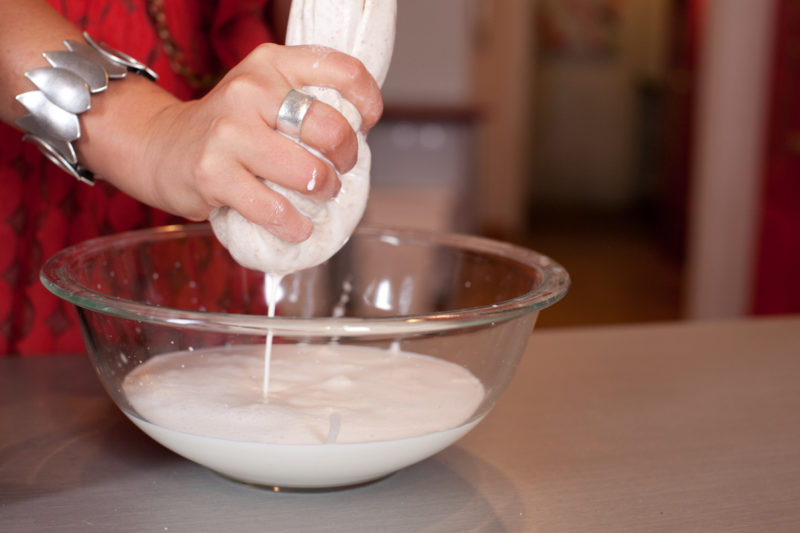
Nut or seed milks are fantastic hydrating foods that contain water, small amounts of electrolyte minerals like magnesium and calcium, protein, as well as a range of vitamins. Depending on the type of nut or seed you use to make it at home, you may not need to strain it and this adds fibre, too (cashew milk, hemp milk, sesame milk and Brazil nut milk are good options for this). Or, if you aren’t enjoying it solo, you can skip the straining to add more fibre to smoothies or gluten-free baking.
We prefer making nut or seed milk from scratch because it’s simple, inexpensive (especially when buying nuts/seeds in bulk) and skips the preservatives, stabilizers, artificial vitamins and minerals, and added sweeteners. Grab our no-fail Nut Milk Formula here.
Tomatoes
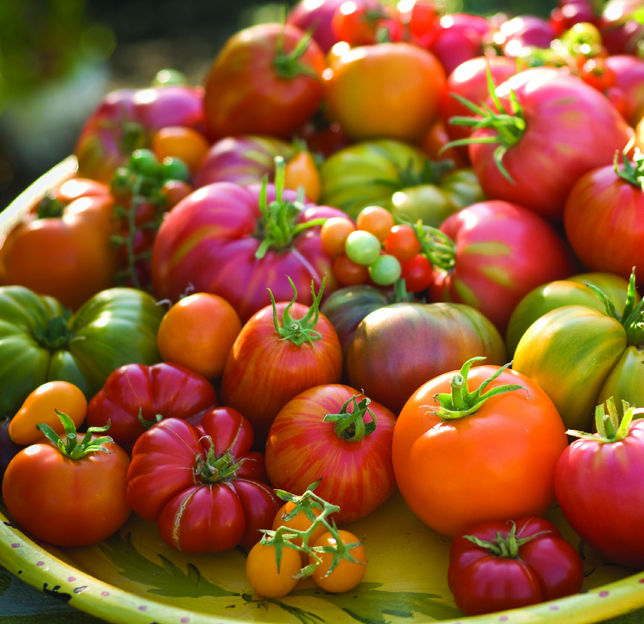
A watery fruit that contains potassium and sodium, as well as the cancer-preventing lycopene. Tomatoes are abundant in many places during the hotter months and they are so sweet you can eat them like candy! They’re also lovely in soup (either warm or gazpacho), chopped into salsas, or when used in breakfast recipes.
Bone Broth (or Veggie Broth)
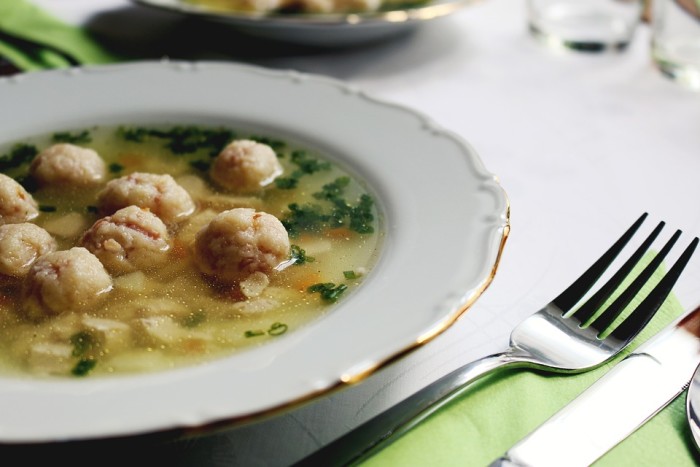
Bone broth is hydrating and rich in a variety of vitamins, minerals and amino acids that help to nourish the intestinal tract, immune system, bones, joints, and teeth. By adding electrolyte-rich vegetables and herbs, you amp up the nutrient content and reduce food waste. You don’t have to sip broth while it’s boiling hot – you can wait until it’s warm to drink, or use it to cook grains to use in grain-based salads. There are some people who even like to freeze bone broth into popsicles (this is also a great cooling treat for pets!), though we are personally not fans of this.
Grab one of our favourite bone broth recipes here.
Coconut Water
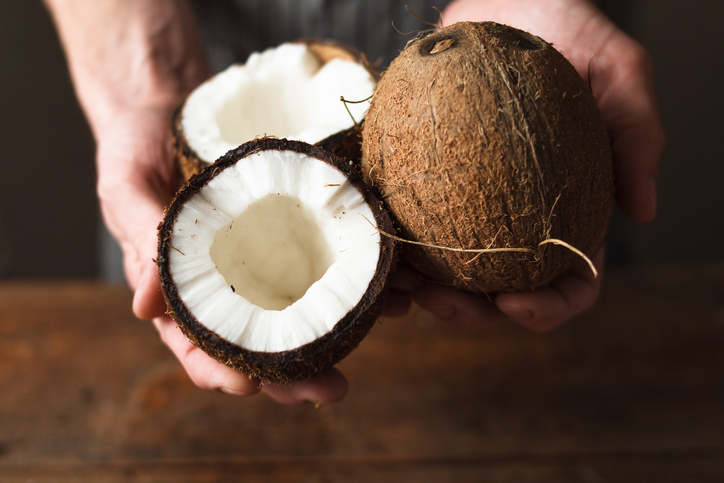
This beverage is rich in potassium and natural sugars, as well as small amounts of sodium, magnesium and calcium. One of our favourite ways to consume this hydrating food is straight from the coconut, as some store-bought, shelf-stable coconut waters may contain added sweeteners, preservatives and artificial sweeteners, have been pasteurized, and packed into containers lined with bisphenol A (BPA), a known hormone disruptor.
Coconut water is lovely to drink on its own, or add it to smoothies, iced elixirs, popsicles, mocktails or teas. Learn what you can do with the rest of the coconut here.
Cucumber
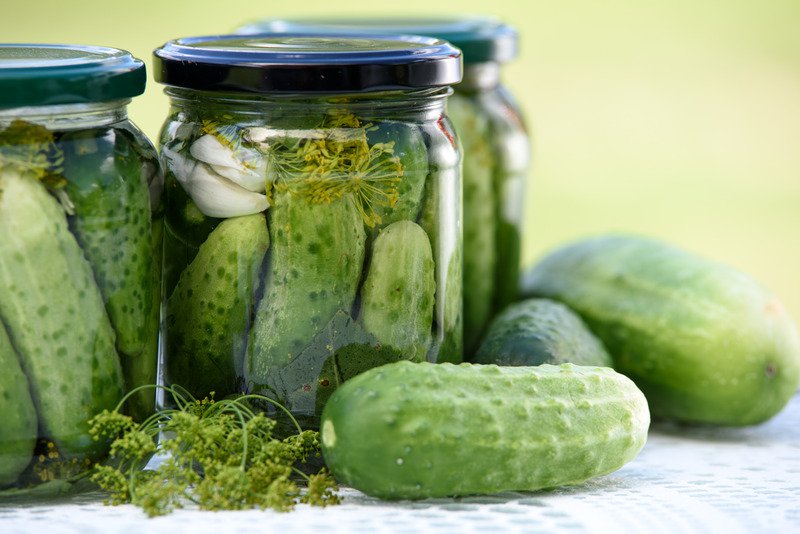
Cucumbers are full of water to aid with hydration, contain antioxidants, and have small amounts of electrolytes like magnesium and potassium. They’re great for snacking (especially when you have a tasty dip on hand), adding to juices or smoothies, or for pickling to reap the fermented benefits.
Healthy Popsicles
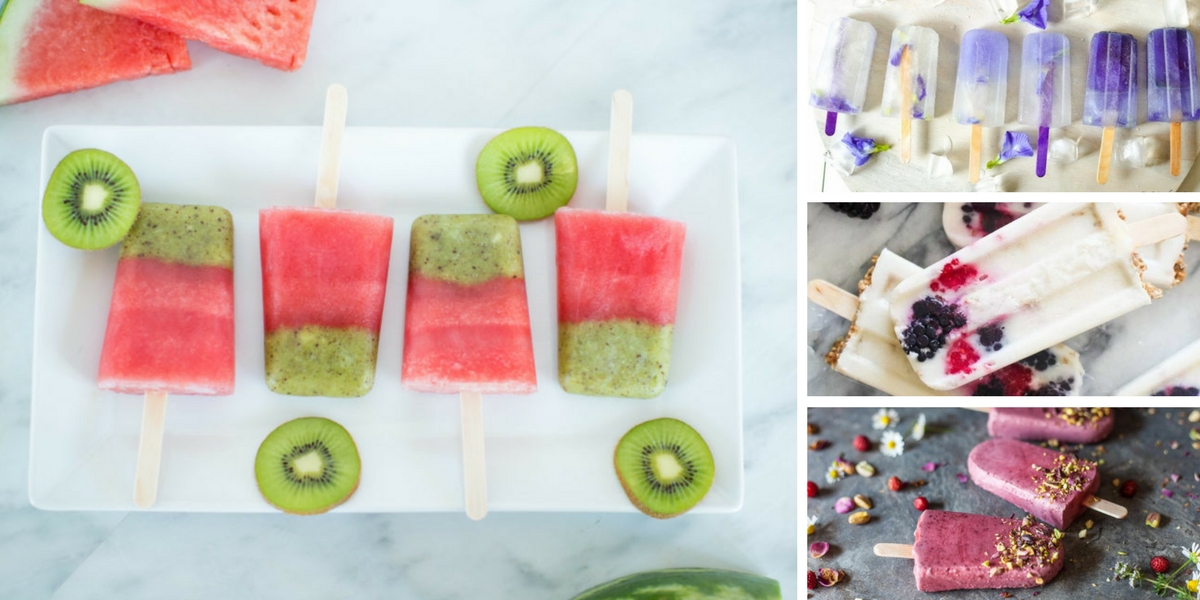
One of our favourite hydrating foods because they are such a delightful treat! It’s easy to create healthy popsicles using fresh fruit, nut/seed milk, chocolate, sweet spices like cinnamon, and more. Check out these 20 Best Popsicle Recipes for inspiration.
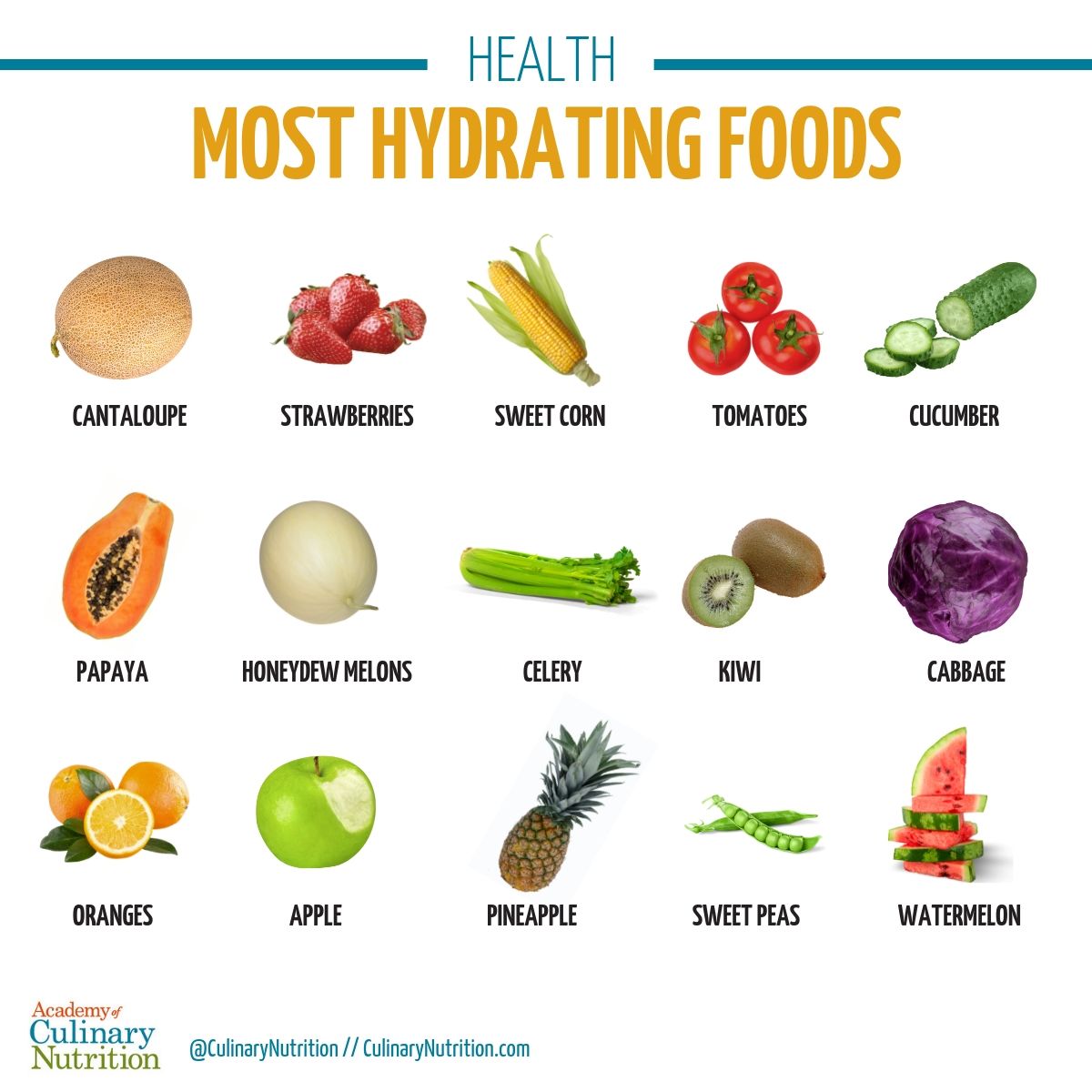
Free Resource Library
Enjoy more than 40 downloadable guides, recipes, and resources.
















